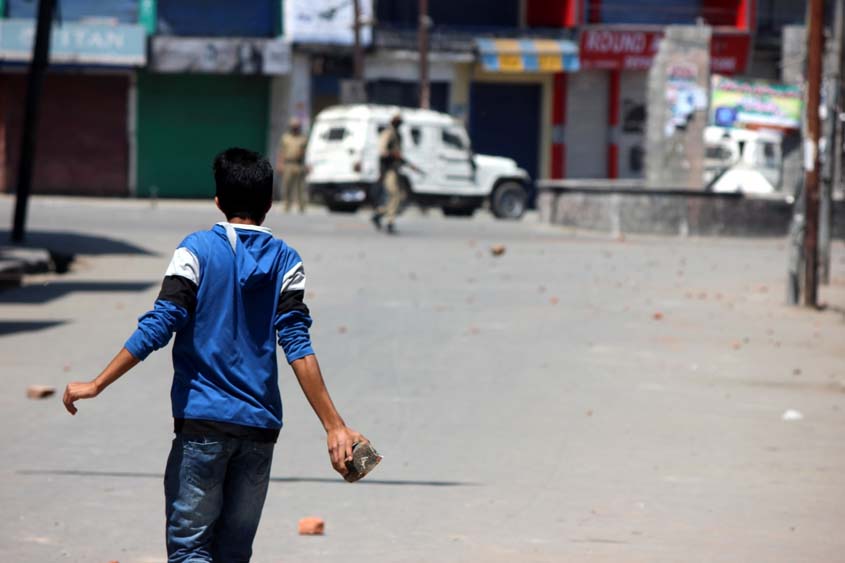Twenty-four-year-old Rohit (name changed), the son of a government school teacher, is one of the few cyber experts, or more appropriately, a “spy”, who, on his own volition, tracks social media for terror activities and shares them with the security agencies. Rohit is a Certified Information Systems Security Professional (CISSP), an independent information security certification granted by the International Information System Security Certification Consortium. Fewer than 150,000 people in the world possess this certification.
It was while testing a programme that he had written one year ago, that Rohit generated a number which was of African origin. Through this number, he was able to access a WhatsApp group, which was being operated by members of the Islamic State of Iraq and Syria (ISIS).
“I realised that I could now monitor their conversations and their plans. After some time, I approached a senior police officer and handed him all the data that I had collected on the group. However, he did not get back to me. After that I met a senior officer belonging to a Central agency. He after he was convinced of my ability and after I gave him a live demonstration of what I did, asked me to track the social media movements of the Kashmiri groups. Since then I have been monitoring them and their activities, which I share with the intelligence officers,” Rohit said.
His inputs recently led to the identification of WhatsApp groups run by the radicals. The contact numbers of the group participants were also obtained. Acting on his inputs, the security agencies have identified more than 100 stone-pelters and at least 80 groups that facilitate stone pelting on the security forces. These groups act as a medium to ask the stone-pelters to converge on a particular spot to help the terrorists who are stuck in an encounter with the security forces.
These groups are used for three things: recruiting young people, coordinating the escape of the terrorists who have been caught, and sending reports of “Army atrocities” and the resultant stone pelting to their Pakistan based handlers.
The Sunday Guardian accessed many such groups where messages were being shared, asking people to start pelting stones, or to rush to a spot where an encounter was going on.
According to Rohit, with time, he also learnt that the members of these groups had developed a code to convey to the group members to start moving towards a particular location. “It is written in a very innocuous manner. Sometimes it would say ‘buy this policy from this place’, which in fact was a message to the members to reach that place. These code words are used in groups that are operated by ‘high ranked’ people, who are most often sitting in India,” he stated.
Rohit said he was a member of close to 2,000 groups that were being used by the terror groups. “The maximum of them is operated by Lashkar-e-Tayyaba, which has a district wise group. It is followed by Hizbul Mujahideen, which too has district wise groups, with different administrators. In most cases LeT and HM work together and use each other’s groups to facilitate the escape of their respective cadre, if they are caught in an encounter with the security forces. The administrators and the individuals who give the orders in these groups have Pakistani numbers, 95% of the time,” he said.
However, according to Rohit, he is not sure for how long he will be able to keep doing his “work”.
“I get very upset and angry when I see them sharing the pictures of the jawans who have been killed. It was because of this that I approached the police officers so that I could do my bit. However, the work is very taxing; I have to monitor thousands of groups and my studies have suffered due to this. I do not know if this will eventually help me in settling down in life. I don’t know whether the government will let me join a security agency. Sometimes I feel that I should leave all of this. But the officers have managed to persuade me to keep going. I honestly don’t know how long I will do this,” he sighed.

